You have marveled at many moments with your newborn, like your baby’s first smile, watched them grip your finger, and now you are wondering when do babies start crawling. That instant when your little one scoots across the floor is a huge developmental milestone, and as a parent, it’s both exciting and nerve-wracking.
Let’s explore when your baby starts to crawl, how it all happens, and what you can, as a support, do to help them on their new journey.
When do Babies Start Crawling?
Most babies start crawling between 6-10 months of age. But again, every baby is different, some may start crawling earlier, some may take some more time, and some may skip the crawling process altogether and go straight to pulling up and walking.
Typical crawling timeline:
| Age Range | Milestone |
| 5–6 months | Baby rocks back and forth on hands and knees |
| 6–9 months | First forward crawl attempts |
| 9–10 months | Confident, steady crawling |
Reminder: keep in mind crawling timeline is not a fixed entity. Crawling is a developmental process. Don’t stress yourself and your baby if they have not started crawling till 6 months. Late crawlers are often just as strong and capable later on.
Stages that Lead to Crawling:
Babies don’t just get up and start crawling. They have to go through a series of physical milestones that prepare their muscles and nervous system for crawling.
Here is a series of events that usually happens:
- Tummy time: Strengthen neck, shoulder, and core muscles.
- Rolling over: Helps their body to understand movement.
- Sitting unsupported: Build balance and trunk strength.
- Rocking on hands and knees: This is often the final step before the baby starts to crawl.
If you are wondering if my baby is ready to crawl, look for these signs. They are all part of the journey.
Read about: Why Tummy Time Is So Important – And How to Make It Fun
Common Types of Crawling:
Crawling does not look the same for every baby. Here are a few styles that you may notice:
- Classic crawl (cross-crawl): Moving one arm and opposite knee forward at the same time.
- Army crawl: Baby drags their tummy on the floor while pulling forward with arms.
- Bear crawl: Hands and feet on the floor, with knees lifted off the ground.
- Crab crawl: Baby pushes backward or sideways instead of forward.
- Bottom shuffling: Baby scoots using their bum rather than their hands and knees.
All of these are normal and effective ways to explore crawling. Over time, the baby usually settles to a more coordinated crawl.
How to Help Baby Crawl: Tips that Work
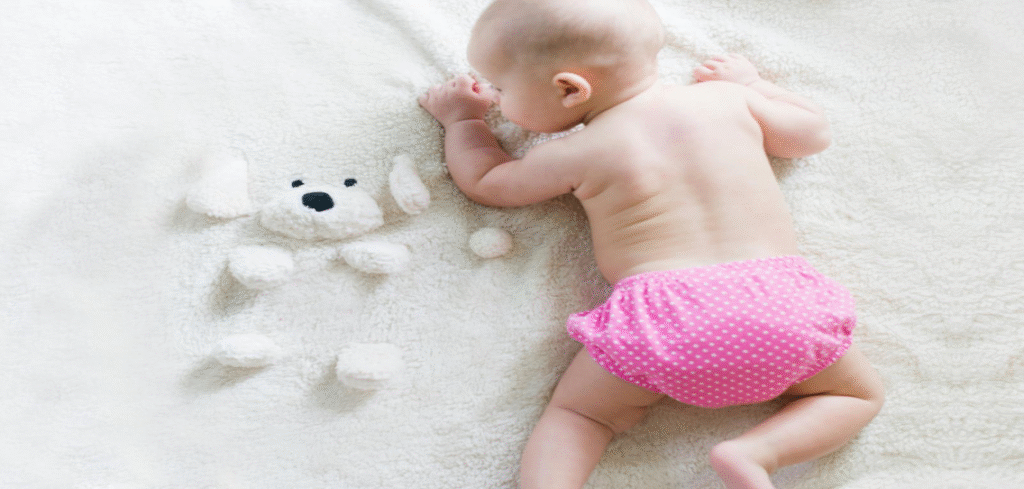
Want to know how to help a baby crawl? These gentle, play-based strategies will encourage movement
Make tummy time a habit:
Tummy time strengthens the muscles for crawling. Start with a few minutes a day and increase gradually as your baby becomes comfortable with tummy time.
Use toys for motivation:
Place your baby’s favorite toy just out of their reach, so that they try to move to approach it. Soft mirrors, rattles, or textured toys work well.
Create a safe play space:
A soft and spacious area is better to let your baby move freely. Avoid letting your baby move on a slippery surface and remove all furniture with sharp corners. Fabric tents can help to create cozy play zones.
Limit time in carriers and swings:
Too much time in restrictive areas and gears can slow muscle movement and development. Give your baby floor time daily, so that their muscles grow stronger for walking and crawling.
Get on the floor with them:
Join your baby on the ground! Your face and your voice are the best motivation. They will crawl towards you more than any toy.
How to Encourage Baby to Crawl:
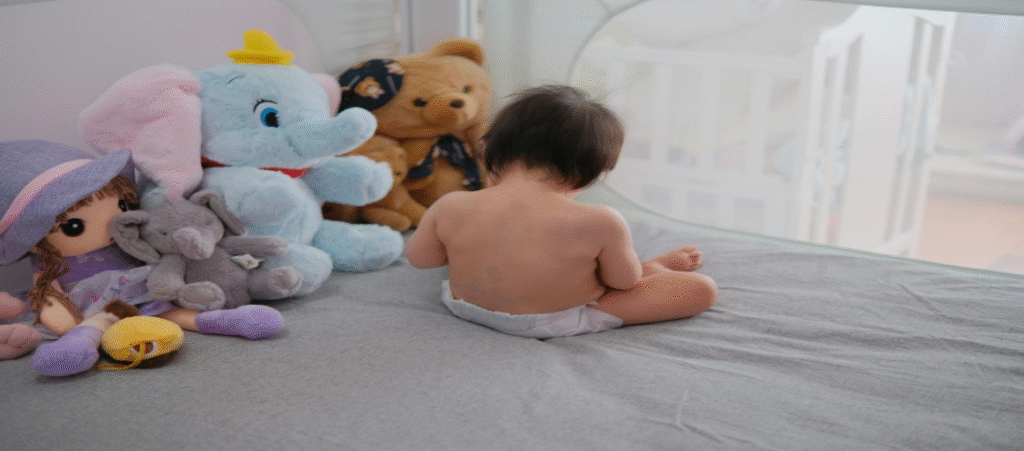
Some babies seem perfectly content sitting or rolling and show no interest in crawling. If that is the case:
- Encourage reaching and stretching with interesting objects.
- Be patient. Confidence and strength build slowly.
- Try a belly downplay with a mirror in front.
- Introduce obstacles like a small cushion or a tunnel to go through.
Most importantly, stay encouraging and playful. Babies pick up on your excitement.
What if My Baby isn’t Crawling Yet?
If your baby hasn’t started crawling by 10 months, don’t panic. Some babies are super strong; they skip crawling and go straight to standing or walking.
Check with your pediatrician if:
- Your baby shows no interest in movement
- They can’t bear weight on their arms and legs.
- They have floppy or stiff muscles.
Early prevention and intervention help, if the delay is too long. But in many cases, it’s just a matter of time and temperament.
Signs Your Baby is About to Crawl:
Here are some clues that crawling is just around the corner:
- Trying to move with hands and knees.
- Rocking back and forth on all fours.
- Reaching and lunging towards toys.
- Scooting backward or sideways.
- Pivoting while on their belly
Once your baby starts showing these signs, get ready; your baby’s about to be on the move.
Does Crawling Affect Brain Development:
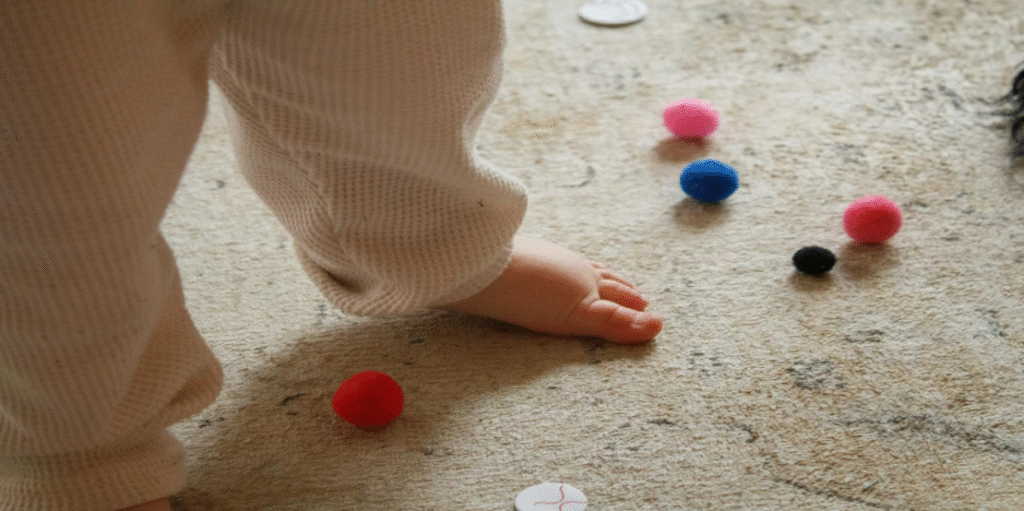
Yes, crawling isn’t just a physical activity—it’s a big win for overall brain development.
- It supports bilateral coordination (using both sides of the body)
- Encourages depth perception and spatial awareness
- Boosts cognitive development through active exploration
It’s fine if your baby skips crawling activity, but it’s better to encourage your baby to crawl as it can support physical and mental development.
Read More: How to Boost Your Child’s Immune System Naturally
Frequently Asked Questions:
1: Can too much time in a carrier and bouncer delay crawling?
Excessive time in bounded places like carriers and bouncers can limit a baby’s motor movement. Try to give floor time on a soft surface to your baby almost daily.
2: How can I baby-proof for a crawler?
Once your baby starts crawling, cover outlets, anchor furniture, block stairs, and keep small objects out of reach. Crawling brings independence, so ensure safety matters for your baby.
3: Are crawling milestones different for premature babies?
Yes. Preemies often start crawling and other activities a few weeks or months later than full-term babies. Try to track premature babies’ activities based on their adjusted age.
4: Can teething affect the crawling process?
Yes. Teething can make the baby fussier, frustrated, or less active for a few days. This might temporarily slow down the crawling process. But don’t be tense it’s not a thing to worry about.
5: How long do babies crawl before walking?
On average, babies crawl for 2-3 months before they try to stand up and walk. Many begin walking between 10 to 15 months but keep in mind this period is not fixed.
The real question is not “When do babies crawl?” but when they are ready to crawl. Every baby follows their timeline and mood.
What matters most is providing the right environment and support. Cheer on their progress, celebrate every scoot and shuffle, and baby-proof your home—because crawling is just the beginning of your baby’s exciting adventures.
Helpful Products to Support Your Baby’s Crawling Journey
Soft foam play mats to cushion every wiggle and roll.
Baby knee pads that protect delicate knees on hard surfaces.
Colorful crawling tunnels that encourage movement through fun.
Rolling musical toys that gently motivate babies to move forward.
Plush crawl toys that scoot, sing, or talk to draw babies along.
Comfortable, footless onesies that allow free leg movement
Soft stacking blocks or balls that invite crawling and grasping.
Push-along walkers for babies just starting to get brave with balance.
Fabric crawling ramps to build strength and balance naturally.

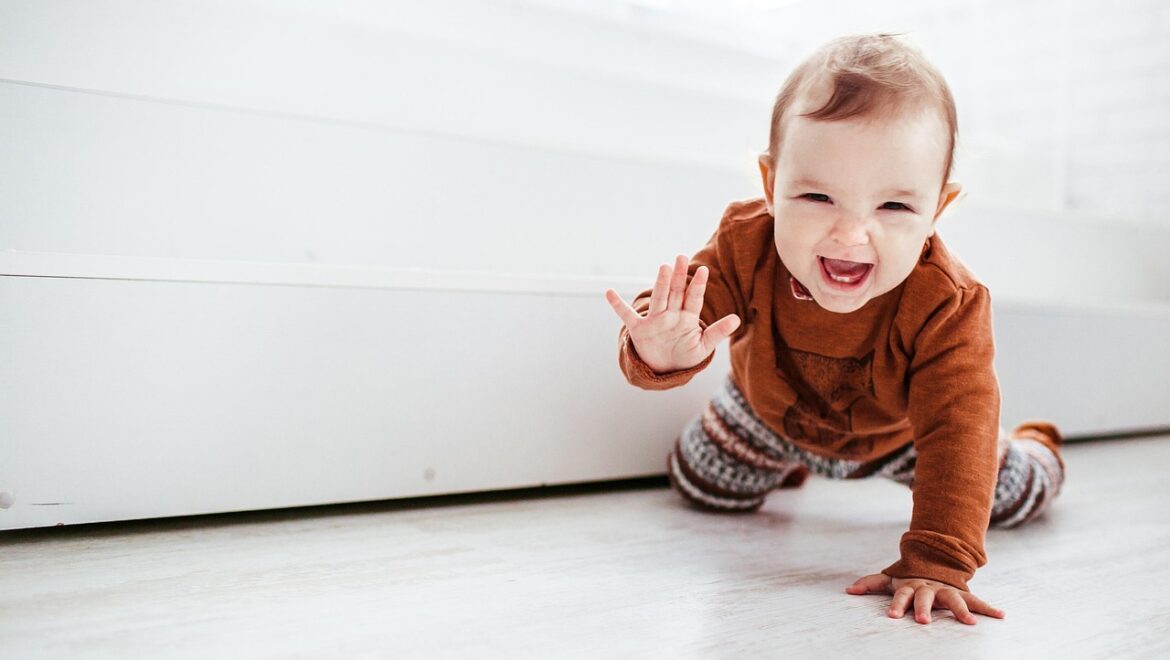
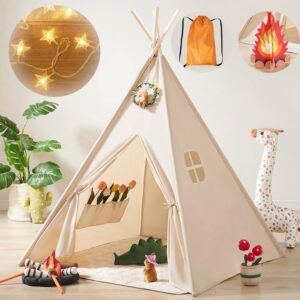
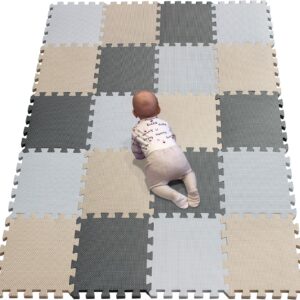
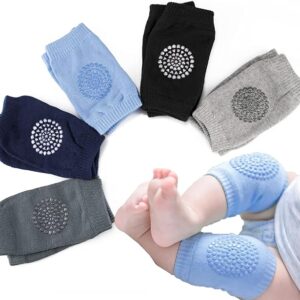
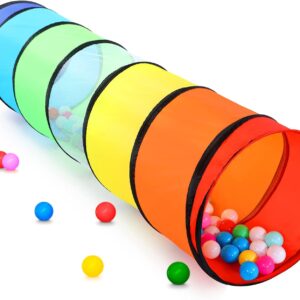
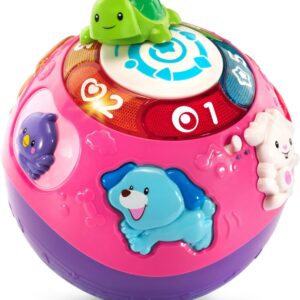

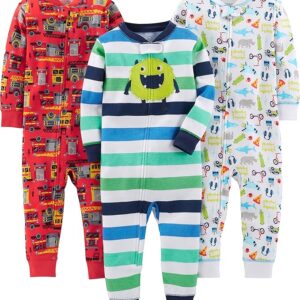
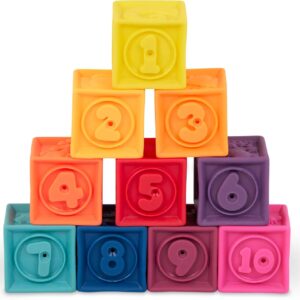
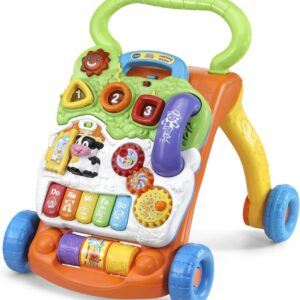
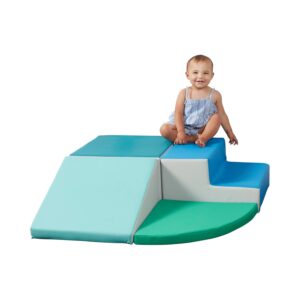
Add Comment